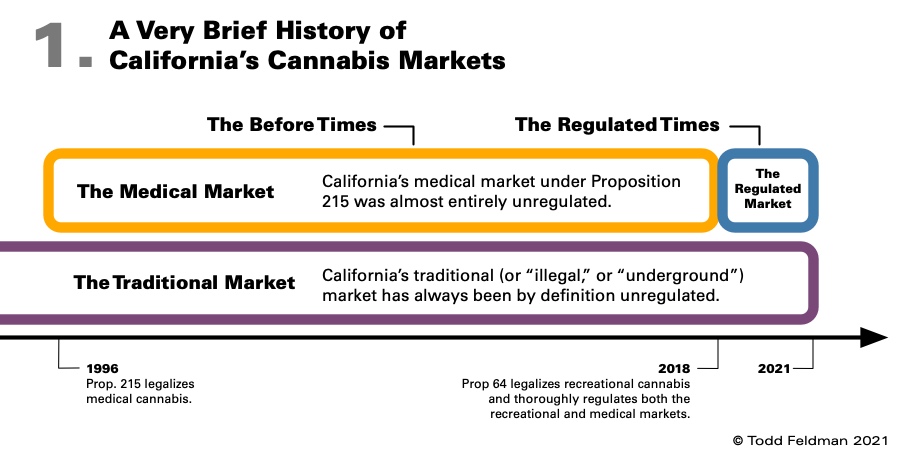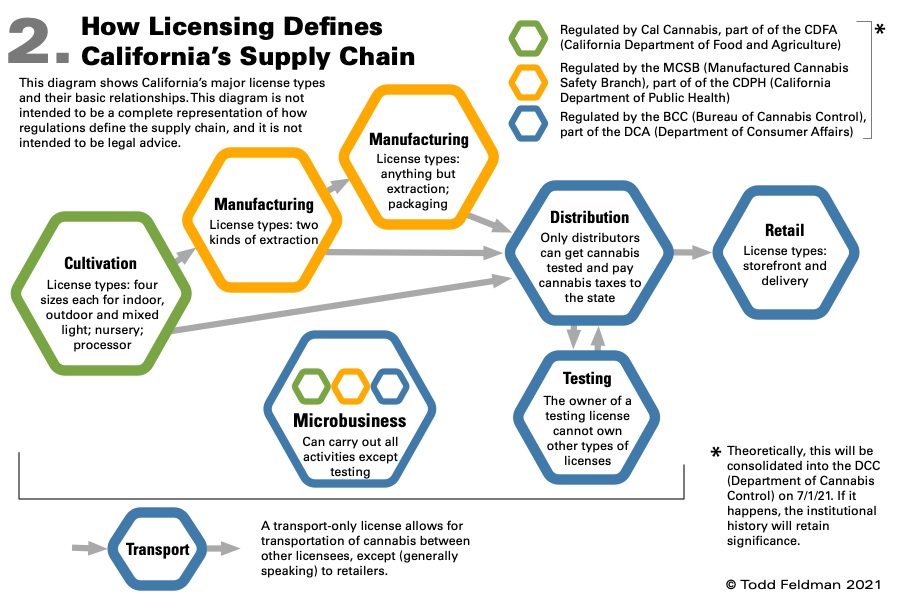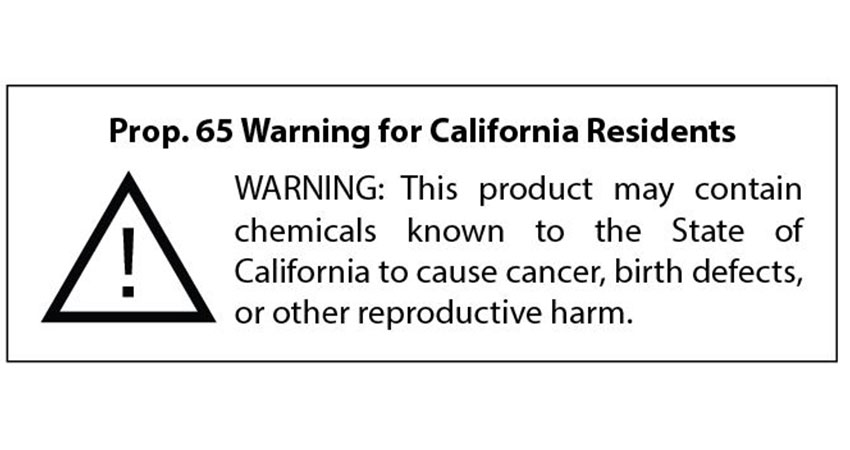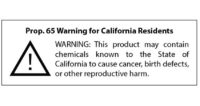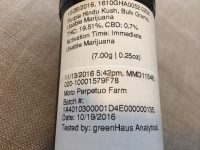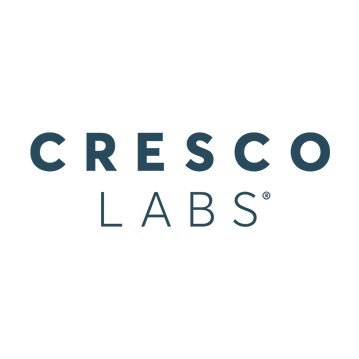It’s no secret that the rollout of cannabis legalization has underperformed in countries like Canada. Since legalization in October of 2018, industry experts have warned that the projections of the big cannabis firms and venture capitalists far exceeded the expected demand from the legal market.
Today, major production facilities are closing down, some before they even opened, dried flower inventory is sitting on shelves in shocking quantities (and degrading in quality), and an extremely robust illicit market accounts for an estimated 80% of the estimated $8 billion Canadian cannabis industry. None of those things sound like reasons for optimism, but while some models for cannabis business are withering away, others are beginning to put down stronger roots. Crucially, we are beginning to see new business models emerge that will be able to compete against the robust black market in Canada.
The Legal Cannabis Industry Can’t Compete
Legal rollout in Canada could easily be described as chaotic, privileging larger firms with access to capital who were able to fulfil the rigid – and expensive – regulatory requirements for operating legally. But bigger in this case certainly did not mean better. The product these larger firms offered immediately following legalization was of a lower qualityand higher price than consumers would tolerate. In Ontario, cannabis being shipped to legal distributors lacks expiration dates, leaving retailers with no indication of what to sell first, and consumers stuck with a dry, poor quality product.
The majority of existing cannabis consumers across the country prefer the fresher, higher quality and generally lower priced product they can easily find on the illicit market. That preference couldn’t be clearer when you look at the growth of inventory, which is far outpacing sales, in the graph below:
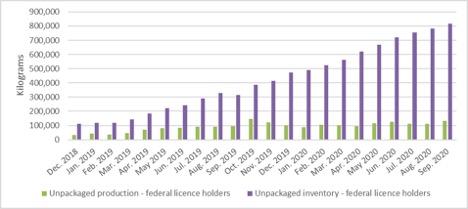
Which brings us to the crux of the matter: when it comes to building up the Canadian cannabis industry, what will succeed against the black market that has decades of expertise and inventiveness behind it?
Rising From the Ashes: Craft Growers and Other Small-Scale Producers
The massive facilities like Canopy’s may be shutting down, but our friends over at Althing Consulting tell us that those millions of square feet facilities are being replaced by smaller, more boutique-style cultivation facilities in the 20,000 ft tier, which are looking to be the future of the industry.
Consumers have consistently shown a strong preference for craft cultivators and other small-scale producers who produce higher quality, more varied products that are more responsive to consumer needs. It also hasn’t hurt that prices are also coming down: Pure Sun Farms in Delta, BC is consistently selling out of their $100/ounce special, which is highly competitive even with the illicit market.
This vision of the industry matches up better with the picture we’ve been getting from other legalization projects around the world. It also squares with other indicators of success. Despite the small market capture of the legal market, industry employment numbers are still relatively high, especially when compared with more established legal consumer products markets such as beer. In fact, craft cannabis growers now employ nearly as many people as the popular craft brewing sector here in British Columbia.
But in order to make the craft cannabis market actually competitive in both the regulated and unregulated spaces, the government will have to address four major challenges.
Challenge #1: License Distribution is Uneven and Chaotic
A December 2020 report by Ontario’s auditor general contains admissions by the Alcohol and Gaming Commission of Ontario (AGCO), Ontario’s cannabis industry regulator, that they lack the capacity and resources to manage the number of applications for private cannabis retailing. Problems relating to the issuing of licenses, including long delays and difficult requirements, are widespread across provinces. One way this becomes clear is by looking at the very uneven distribution of stores across the country in the graph below.
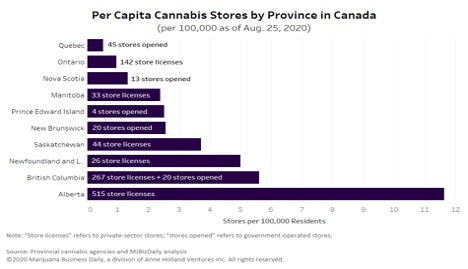
Challenge #2: Basic Regulatory Compliance is Complex and Time-Consuming
Smaller-scale micro cultivators, whose good quality craft product remains in high demand, still face prohibitive barriers to entry into the legal market. Licensing from Health Canada is one onerous challenge that everyone must tackle. Monthly reporting requirements have in excess of 477 compliance fields. Without additional support to navigate these requirements – including automation technology to ease the administrative burden – these smaller producers struggle to meet the minimum regulatory standards to compete in the legal market.
Challenge #3: A Long-Distance Road to Compliance and Safety Means Higher Costs
Even with all regulatory requirements satisfied, cannabis cultivators can’t sell their product from “farm to fork” (to borrow a phrase from the food industry). Many growers ship their product to be irradiated in order to ensure they are below the acceptable microbial threshold set by Health Canada. While irradiation positively impacts the safety of the product, new evidence shows that it may degrade quality by affecting the terpene profile of the plant. Furthermore, only a few facilities in Canada will irradiate cannabis products in the first place, meaning that companies have to ship the finished product sometimes thousands of kilometers to get their product to market.
Next year, Health Canada looks set to lower the limit on microbials, making it virtually impossible to avoid cannabis irradiation. If Health Canada follows through, the change will be a challenge for small-scale cultivators who strive to prioritize quality, cater to consumers who are increasingly becoming more educated about terpene profiles, and seek to minimize the environmental impact of production.
Challenge #4: It is Virtually Impossible to Market Improved Products
 Finally, there is a marketing problem. Even though the regulated market has made dramatic improvements in terms of product quality from legalization two years ago, Health Canada’s stringent marketing restrictions means that cannabis producers are virtually unable to communicate these improvements to consumers. Cannabis producers have little to no opportunity to reach consumers directly, even at the point of sale – most legal sales are funneled through government-run physical and online stores.
Finally, there is a marketing problem. Even though the regulated market has made dramatic improvements in terms of product quality from legalization two years ago, Health Canada’s stringent marketing restrictions means that cannabis producers are virtually unable to communicate these improvements to consumers. Cannabis producers have little to no opportunity to reach consumers directly, even at the point of sale – most legal sales are funneled through government-run physical and online stores.
What Can a Thriving, Legal Cannabis Market Look Like in Canada?
The good news is that change is being driven by cannabis growers. Groups like BC Craft Farmers Co-Op are pooling resources, helping each other navigate financial institutions still hostile to the cannabis trade, obtain licenses and organizing craft growers to advocate to the government for sensible regulatory changes. As a result of their advocacy, in October, the federal government initiated an accelerated review of the Cannabis Act’s restrictive regulations related to micro-class and nursery licenses.
 Now, more co-op models are popping up. Businesses like BC Craft Supply are working to provide resources for licensing, quality assurance and distribution to craft growers as well. Indigenous growers are also showing us how cannabis regulation could work differently. Though Indigenous cultivators currently account for only 4% of Canadian federal cannabis licensees (19/459), that number looks to be growing, with 72 new site applications in process self-identified as Indigenous, including 27 micro cultivators. In September, Williams Lake First Nation entered into a government-to-government agreement with the province of British Columbia to grow and sell their own cannabis. The press release announcing the agreement includes the following statement:
Now, more co-op models are popping up. Businesses like BC Craft Supply are working to provide resources for licensing, quality assurance and distribution to craft growers as well. Indigenous growers are also showing us how cannabis regulation could work differently. Though Indigenous cultivators currently account for only 4% of Canadian federal cannabis licensees (19/459), that number looks to be growing, with 72 new site applications in process self-identified as Indigenous, including 27 micro cultivators. In September, Williams Lake First Nation entered into a government-to-government agreement with the province of British Columbia to grow and sell their own cannabis. The press release announcing the agreement includes the following statement:
“The agreement supports WLFN’s interests in operating retail cannabis stores that offer a diverse selection of cannabis products from licensed producers across Canada, as well as a cannabis production operation that offers farm-gate sales of its own craft cannabis products.”
More widespread adoption of the farm-gate model, which allows cultivators to sell their products at production sights like a winery or brewery, has a two-fold benefit: it better supports local, small-scale producers, and it offers opportunities in the canna-tourism sector. As the economy begins its recovery alongside vaccine rollouts and restrictions on travel ease, provincial governments will have the chance to leverage the reputation of unique regional cannabis offerings (i.e. BC bud) through these farm-gate operations.
While the cannabis legalization story in Canada has had its bumps, the clear path forward for greater legal market success lies in increased support for micro-cultivators. By increasing support for these small-scale producers to navigate regulatory requirements, more will be able to enter the legal market and actually compete against their illicit counterparts. The result will be higher quality and more diverse products for consumers across the country.






